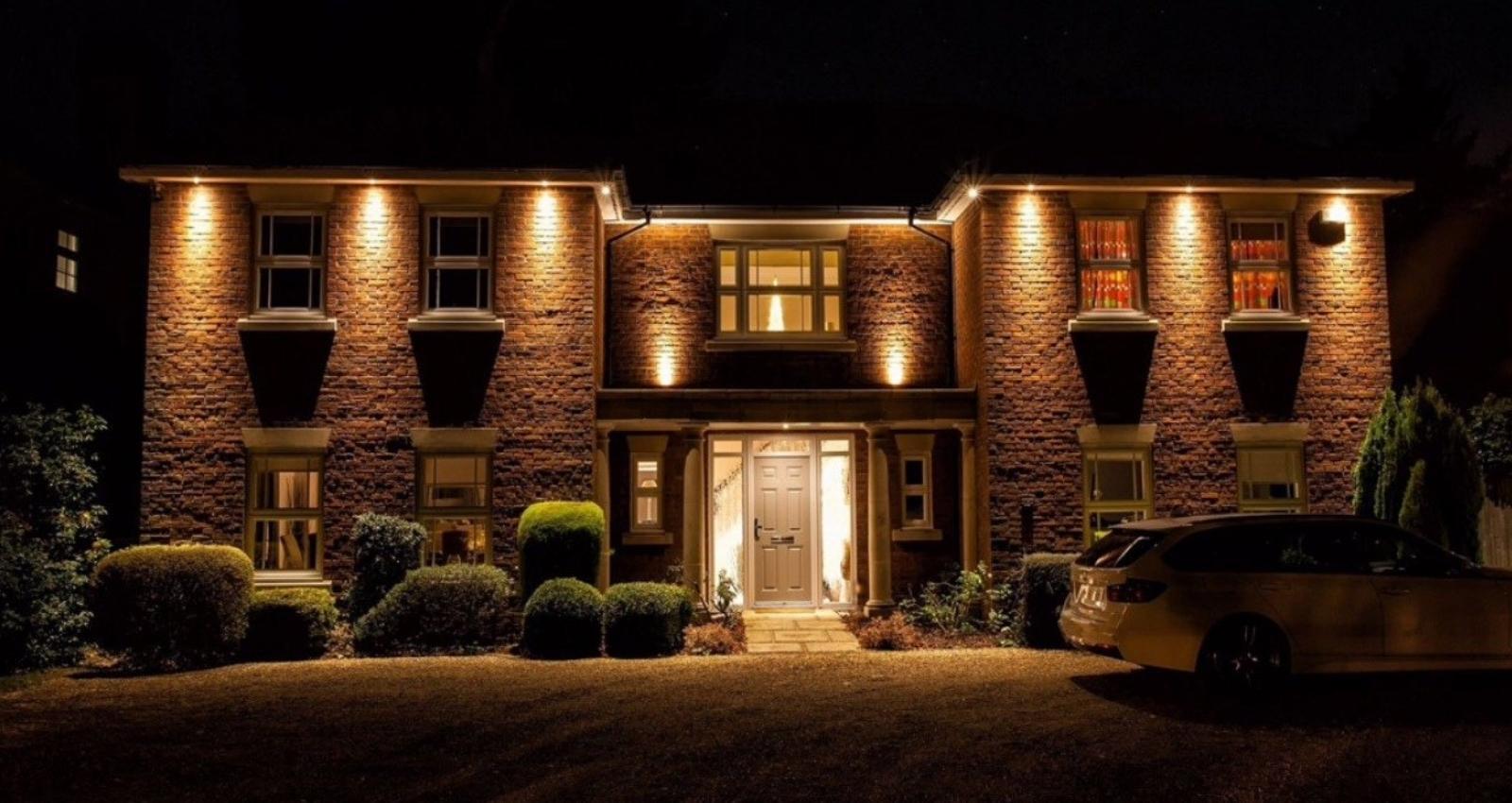1. Types and Designs:
LED ceiling lights come in a variety of types and designs to suit different aesthetic preferences and functional needs. Some common types include flush mount lights, semi-flush mount lights, pendant lights, chandeliers, track lights, and recessed lights. Each type has a unique design that can complement the overall interior décor of a room.
2. Light Source:
LEDs are the primary light source in LED ceiling lights. These tiny semiconductors emit light when an electric current passes through them. LED technology offers high efficiency, producing a significant amount of light while consuming much less energy than traditional incandescent or fluorescent lights.
3. Energy Efficiency:
One of the standout features of LED ceiling lights is their energy efficiency. They convert a higher percentage of electrical energy into visible light, minimizing energy wastage in the form of heat generation. This efficiency leads to reduced electricity consumption and lower utility bills.
4. Light Quality:
LED ceiling lights provide excellent light quality with options for different color temperatures, from warm white to cool white. This flexibility allows users to choose lighting that suits their preferences and the intended atmosphere of the space.
5. Dimming Capabilities:
Many LED ceiling lights come with dimming capabilities, enabling users to adjust the light intensity according to their needs and moods. This adds an extra layer of versatility and customization to the lighting setup.
6. Long Lifespan:
LEDs have a significantly longer lifespan compared to traditional lighting technologies. LED ceiling lights can last tens of thousands of hours before needing replacement. This extended lifespan reduces the frequency of maintenance and replacements, saving both time and money.
7. Installation:
Installing LED ceiling lights is generally straightforward. Depending on the type of fixture, installation might involve connecting wiring, securing the fixture to the ceiling, and attaching any necessary mounting hardware. Some LED ceiling lights are designed for easy DIY installation, while others might require professional installation.
8. Versatility:
LED ceiling lights are suitable for various spaces and purposes, including residential homes, commercial buildings, offices, kitchens, living rooms, bedrooms, bathrooms, and more. Their diverse designs and styles allow them to blend seamlessly into different environments.
9. Instant On/Off:
LEDs provide instant illumination when switched on, without any warm-up time. Unlike fluorescent lights, LEDs do not flicker or produce any noticeable delay in lighting up under cabinet led lighting .
10. Environmentally Friendly:
The energy efficiency and longer lifespan of LED ceiling lights contribute to reduced energy consumption and a smaller carbon footprint. Additionally, LEDs do not contain hazardous materials like mercury, making them environmentally safer.
In summary, LED ceiling lights offer a combination of energy efficiency, versatility, long lifespan, and customizable lighting options. They have become a popular choice for modern lighting solutions, catering to both functional illumination needs and aesthetic preferences in various indoor spaces.
